MARKET OVERVIEW
The growth of the Global Laboratory Gas Generators market is exceptional and majorly due to the increase in demand from laboratories for applications that require on-demand high-purity gases. As research facilities and industrial labs alike move toward striving for increased efficiency and accuracy, reliance on traditional gas cylinders and supply chains decreases slightly. The trend is now moving towards gas generators that can provide an unstoppable source of pure gases. This transition harmonizes operations and minimizes risks related to storage and handling of gas cylinders, thus making the laboratory safer and more efficient.
One other major factor positively impacting the growth of this market is the increase in the adoption of automated and advanced laboratory equipment. Modern laboratories that require constant quality gas in order to function optimally are being installed with up-to-date systems. This has made the integrated gas generation solutions remain largely on-demand in the market as they assure a continuous supply of the desired gases to fulfill the necessities of all the analytical instruments with divergent applications. The trend goes on due to the increase in the number of laboratories re-equipping with the machines in line with technological advancement.
However, it's not always a walk in the park for the Global Laboratory Gas Generators market. Just as an example, these systems come with high investment costs and maintenance. Smaller laboratories or those with minimal funds may therefore find it hard to justify investment in gas generators, hence limited access to gas generators to a wider set of users. In addition, the technology complexity of these systems normally requires full-time calibration and maintenance, which may be cumbersome for a laboratory suffering limitations in both technical knowledge and resources. These are the factors that are going to slow down the full adoption of gas generators all over the world, particularly in those areas which do not have proper funding allocation for scientific research.
There are, however, some important growth opportunities for the Global Laboratory Gas Generators market. Continuous improvement in technology has led to an increased efficiency and better reliability of gas generation systems. These are expected to be more user-friendly products with lower maintenance requirements, hence easily available for usage potentials in more laboratories. Rising focus on precision, safety in the operations of analytical laboratories, leads to a steady market demand for high-performance gas generators.
The Global Laboratory Gas Generators market will exhibit a growth trajectory in the coming years as these new systems become more developed and increasingly accessible. The growing need for innovations and efficiency in laboratory operations will additionally push for dependable gas generation solutions, thereby setting a dynamic and promising market environment.
Global Laboratory Gas Generators market is estimated to reach $860.54 Million by 2031; growing at a CAGR of 5.9% from 2024 to 2031.
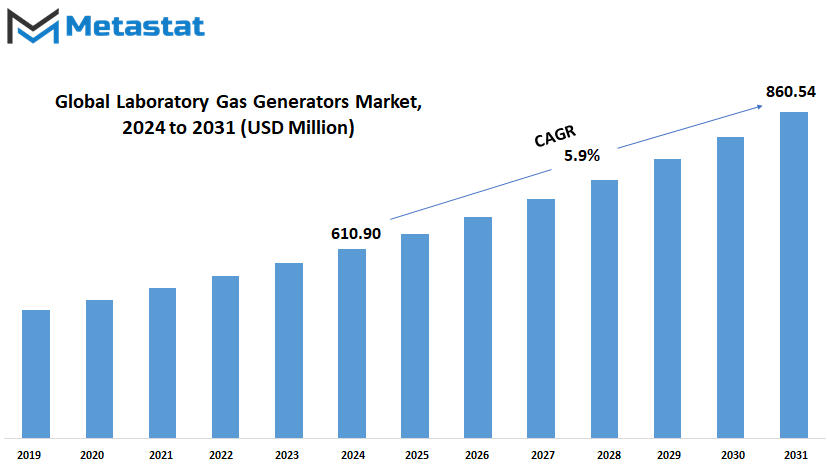
MARKET SEGMENTATION
By Product
The Global Laboratory Gas Generators Market is poised to grow at an alarming rate due to advancements in technology and increasing demand in the market for efficient and reliable gas generation in laboratories across the globe. Nitrogen Gas Generators, Hydrogen Gas Generators, Zero Air Gas Generators, Purge Gas Generators, TOC Gas Generators, and their variants are the broad classifications of some of the major products under this market. Each variety of generator serves different purposes in the laboratories to fulfill optimum functioning and efficiency pertaining to scientific research and processes in industries.
Going into the future, the market for Laboratory Gas Generators is poised to register continued expansion, driven by demand for high-purity gases in laboratories as they become more specialized and need gas generators that deliver variable and constant gas flow to a large number of applications. Nitrogen Gas Generators, for instance, prove to be of extreme importance in the pharmaceutical, food, and beverage industries due to the controlled atmosphere that is needed. These generators offer a cost-effective and sustainable option against traditional gas cylinders, reducing the associated hazards during storage and handling.
Hydrogen Gas Generators are also likely to be increasingly be brought in the forefront in the near future, especially when it comes to energy research and environmental testing. With the prevalence of Green Labs, laboratories of all kinds will continue to place more focus on sustainable practices and more renewable energies. Because of this shift, interest in on-site production of hydrogen is growing. Thus, the generators would indeed be a much safer and more efficient manner than that of supplying it from outside through the normally very expensive and logistically complicated supply of hydrogen.
In addition, Zero Air Gas Generators are predicted to be in demand for giving ultra-pure air for any analytical instrument use. Since more tests seem to require the finest levels of precision these days, it will be impractical to perform the test without the said generators for acquiring correct and reliable results. A related application is the use of Purge Gas Generators for removing contaminants from analytical systems, which will be very critical in keeping the laboratory equipment fit and that test results obtained are valid.
There will increasingly be the use of TOC gas generators in total organic carbon analysis because environmental monitoring and quality control are becoming stricter. In addition, many other applications that traditionally use TOC will benefit through increased productivity and flexibility in the laboratory.
So, the overall scenario is that of growth potential for the global laboratory gas generators market, due to the increase in demand for reliable, high-purity gas generation for various applications within the laboratory. These gas generators are going to be essential for future laboratory activities, because of technology change, sustainability, and precision.
By Application
The global laboratory gas generators market is likely to register significant growth in the coming years due to technological advancements, making it easier to provide efficient and reliable gas generation systems across the scientific application spectrum. The market is indispensable for laboratories with a continuing demand for a broad range of high-purity gases, critical for correct and reliable results for different analyses. In the future also, acceptance of laboratory gas generators is foreseen to increase due to improved performance, safety, and environmental sustainability.
Application of gas generators ranges in making the instrument for Gas Chromatography, Liquid Chromatography-mass Spectrometry, Gas Analyzers, amongst others. Gas Chromatography is done at a high degree of preciseness and stable gas flow rates when separating and analyzing compounds. The gas generators are slowly but steadily replacing the conventional gas cylinders, since the chromatographic processes can be carried out with an uninterrupted and continuous flow of the gases. The ease of operation and less maintenance for gas generators has ultimately made them more popular over time in the laboratories.
Storage in Laboratory Gas Generators Storage has become quite an essential element in Liquid Chromatography-mass Spectrometry. LC–MS combines the physical separation capabilities of liquid chromatography with the mass analysis ability of mass spectrometry. In this application, ultrahigh purity is required for gases for providing sensitive and accurate results. The supplied gas is made both constant and reliable, thus enhancing general performance for LC–MS systems. Due to this technique remaining critical in conducting pharmaceutical, environmental, and biochemical analyses, it is expected that the market for laboratory gas generators will witness growth.
Another very important application is Gas Analyzers. Gas Analyzers require continuous and uncontaminated gases for taking accurate measurements of gas concentrations. Employing the use of Gas Generators not only improves the reliability of analyzers but also reduces the overall operational costs, which would have been used in cylinder replacement at numerous intervals. Since the industrial demand for Gas Analyzers increases in terms of precision and cost effectiveness, the demand for Gas Generators is projected to increase.
Further, the Global Laboratory Gas Generators market is set to grow strongly on the back of continued demand for reliable, high-end gases across a diverse range of analytical applications. The urge to enhance laboratory efficiency, safety, and sustainability is driving the uptake of gas generators to be a key constituent in modern laboratory setups.
By End-user
The laboratory gas generators have huge potential to grow in the forecast period. Laboratory gas generators are those devices that generate high-purity gases in-house, thus eliminating the bulky gas cylinders. This market is growing as industries seek efficient and cost-effective solutions for their gas needs. Growing focus on safety, convenience, and the environment fuels demand for laboratory gas generators. These are continuous gas generators that provide uninterrupted continuous gas supply to reduce the risk of exhausting crucial gases while running pivotal processes, which is particularly significant in research and production.
The future seems to hold a lot of promise for the Global Laboratory Gas Generators market, with technological advancement and increasing needs for reliable gas supplies in various industries. Segmentation of the market in terms of end-users includes life science, chemical and petro-chemical, food and beverage, and others. All these fields create emerging opportunities for the adoption of laboratory gas generators.
Laboratory gas generators find important applications in the life sciences sector in chromatography, spectroscopy, and mass spectrometry. With ever-increasing requirements for precision and accuracy in research and diagnostics, demand for high-purity gases will accordingly rise to drive the market. Demand from the life science sector is likely to continue as the main driving force behind new and more sophisticated developments in gas generators, especially with tailored applications to meet specific scientific needs.
The chemical and petrochemical industries also account for a sizeable share of the Global Laboratory Gas Generators market. These industries use continuous and reliable streams of gases in several applications, including gas chromatography and chemical synthesis. The trend in automation and rising usage of advanced analytical technologies will increase demand for laboratory gas generators from these industries. With the changing chemical and petrochemical industries, the gas generator market will also change, driven by the quest for efficiency and safety.
Laboratory gas generators are applied in quality control and test processes in the food and beverage industry. With consumer demand for safe, high-quality products multiplying, there will be a need for exact testing and analysis. This likely means increased adoption of gas generators within this sector.
With this, the Global Laboratory Gas Generators market will expand into the wide span of industries driven by dependable, efficient, and safe solutions for gas supply. Moving forward, with advances in technology, the pursuit of quality together with safety will spur growth in the market for laboratory gas generators.
REGIONAL ANALYSIS
The global Laboratory Gas Generators market will flourish with the development of technology and the expansion of research in different regions. Geographically, the said market is divided into North America, Europe, Asia Pacific, South America, and Middle East & Africa. In order to wade through the unique industrial and research milieus, various contributions from each region are presented on the development and implementation of laboratory gas generators.
In North America, there are the United States, Canada, and Mexico. The continent remains to be powered by a strong culture of research and development, especially in the United States, thus consistently calling for high-grade laboratory equipment. The most substantial market for laboratory gas generators is most likely to see consistent growth, for most big pharmaceutical companies and research facilities base their operations here. Canada and Mexico also contribute to the market growth, albeit slightly through their advancing research industries in environmental science and healthcare.
Europe follows, with the leaders being the UK, Germany, France, and Italy in the region. Europe is well poised with its mature pharmaceutical and biotechnology industries; on the other hand, stringent regulations in the region for the installation of accurate gas generators at labs will sustain the demand in equal measure. Further investments in research and innovation in gas research in the numerous laboratories all over the continent will also support the market. Germany is characterized by its robust industrial base while the main strengths in the UK come from its scientific research.
The Asia-Pacific region, including developing countries such as India, China, Japan, and South Korea, is emerging as a potential high-growth region for the development and market for laboratory gas generators across the world. The most growth in this robust expansion is expected to be a consequence of the escalating industrialization and an increase in research in this area. An expansion in the pharmaceutical industries of major contributions of China and India will also cause the numbers to shoot up. Japan and South Korea, on the other hand, are harbors of technological advancement and are expected to channel this market.
Among others, countries such as Brazil and Argentina represent the two main markets on the continent of South America. Comparatively, they are smaller than North America and Europe, but, nevertheless, investment keeps pushing up each year, given that the region is investing much more in study development, investment, and investment interest in the area of agriculture and environmental considerations. This can cause demand for laboratory gas generators to grow at a steady pace.
Lastly, the Middle East & Africa includes GCC Countries, Egypt, and South Africa. This market is emerging at the beginning of the realization of the importance of developed laboratory infrastructure toward scientific progress. With increasing investments in healthcare and environmental research, there will be accelerating demand for laboratory gas generators in the region, contributing to the overall growth of the global market.
The market for laboratory gas generators is thus prepared for steady growth and innovation into the future, with every region evolving in tandem with the needs of the varied industries and research institutions across the globe.
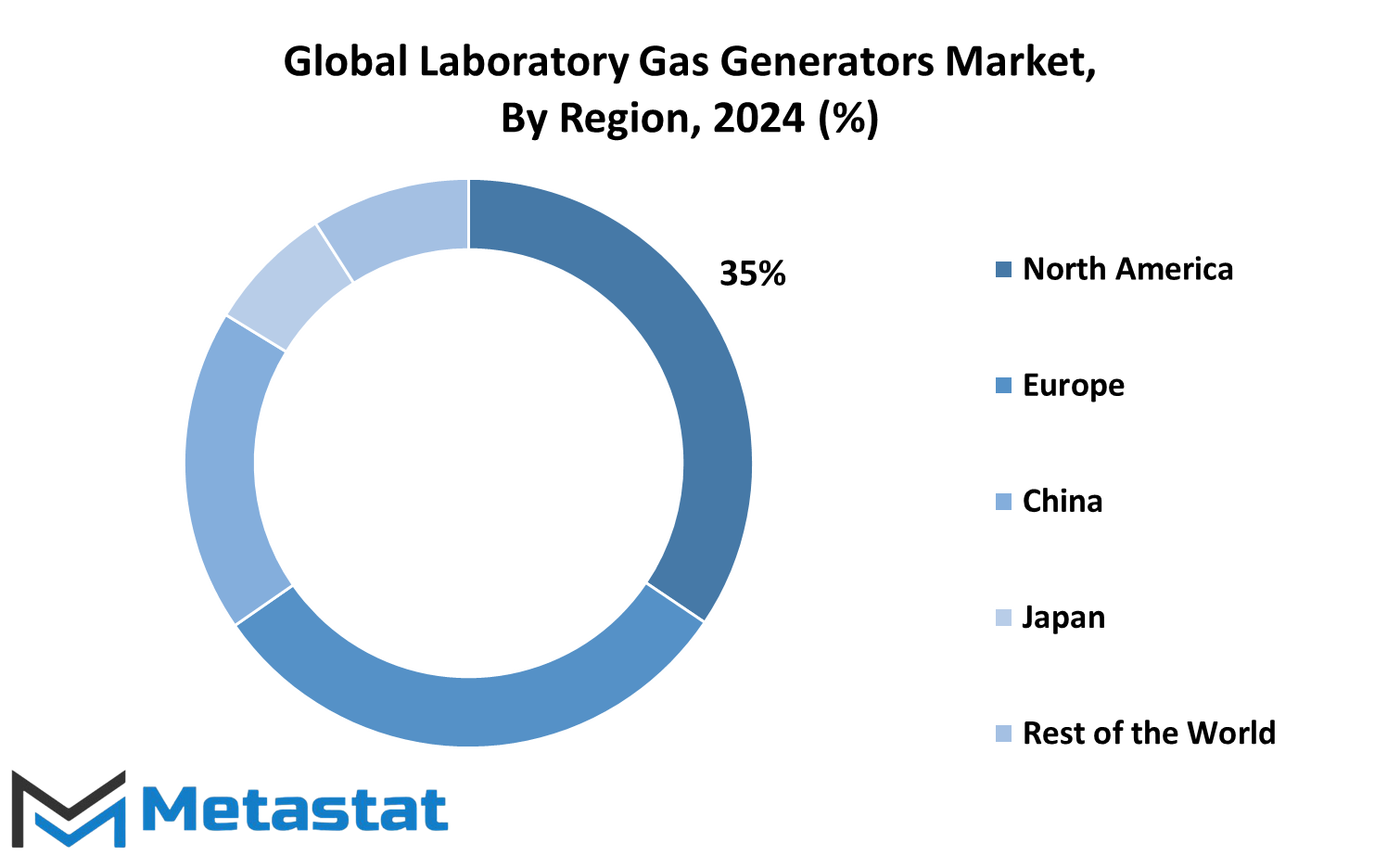
COMPETITIVE PLAYERS
The Global Laboratory Gas Generators market is an essential and growing segment within the scientific and industrial sectors. As laboratories worldwide continue to modernize and prioritize efficiency, the demand for reliable and high-quality gas generators has increased significantly. This market is driven by the need for consistent and pure gases, which are critical for various applications, including chromatography, spectroscopy, and other analytical processes.
Key players in this market, such as Peak Scientific Instruments, PerkinElmer Inc., and Linde plc., are at the forefront of innovation, continually developing advanced solutions to meet the ever-changing needs of laboratories. These companies focus on creating gas generators that offer high purity, efficiency, and ease of use. Their products are designed to support a wide range of laboratory applications, ensuring that scientists and technicians can carry out their work with precision and confidence.
Looking ahead, the Global Laboratory Gas Generators market is poised for significant growth. As technology advances and laboratories become more specialized, the demand for tailored gas generation solutions will likely rise. Companies like VICI DBS, Dürr Technik GmbH & Co. KG, and Erre Due S.p.a. are expected to play a crucial role in this evolution, offering products that cater to specific laboratory needs, from small-scale operations to large industrial setups.
The future of this market will also be shaped by increasing environmental concerns and the push for sustainability. Manufacturers such as Tisch Environmental, Inc. and CLAIND srl are already responding to this trend by developing gas generators that are energy-efficient and environmentally friendly. As global regulations tighten and the scientific community becomes more conscious of its environmental impact, these sustainable solutions will likely gain even greater importance.
In addition to environmental considerations, advancements in automation and digitalization are expected to influence the Global Laboratory Gas Generators market. Companies like Parker Hannifin Corporation and OXYMAT are investing in smart technologies that allow for remote monitoring and control of gas generators, enhancing their reliability and ease of use. This trend toward automation is anticipated to drive further growth, as laboratories seek to streamline operations and reduce manual intervention.
Overall, the Global Laboratory Gas Generators market is on a promising trajectory, with major players like Labtech SRL, LNI Swissgas, and Airgas, Inc. leading the way. As laboratories continue to evolve, the need for advanced, efficient, and sustainable gas generation solutions will only increase, ensuring the market's continued expansion in the years to come.
Laboratory Gas Generators Market Key Segments:
By Product
- Nitrogen Gas Generator
- Hydrogen Gas Generator
- Zero Air Gas Generator
- Purge Gas Generator
- TOC Gas Generators
- Others
By Application
- Gas Chromatography
- Liquid Chromatography-mass Spectrometry (LC-MS)
- Gas Analyzers
- Others
By End-user
- Life Science
- Chemical & Petrochemical
- Food & Beverage
- Others
Key Global Laboratory Gas Generators Industry Players
- Peak Scientific Instruments
- PerkinElmer Inc.
- Linde plc.
- VICI DBS
- Dürr Technik GmbH & Co. KG
- Erre Due S.p.a.
- Tisch Environmental, Inc.
- CLAIND srl
- Isolcell
- OXYMAT
- Parker Hannifin Corporation
- Valco Instruments Company Inc
- F-Dgsi
- Labtech SRL
- LNI Swissgas
WHAT REPORT PROVIDES
- Full in-depth analysis of the parent Industry
- Important changes in market and its dynamics
- Segmentation details of the market
- Former, on-going, and projected market analysis in terms of volume and value
- Assessment of niche industry developments
- Market share analysis
- Key strategies of major players
- Emerging segments and regional growth potential



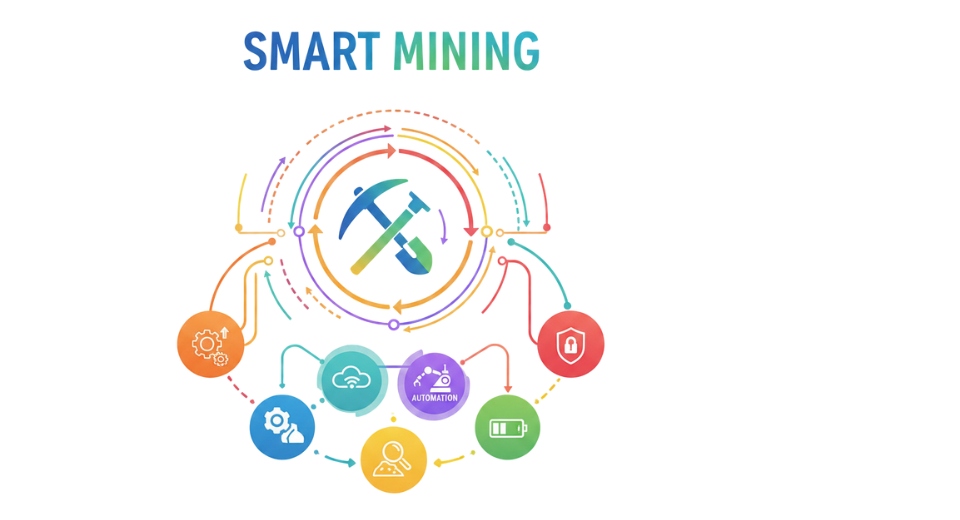
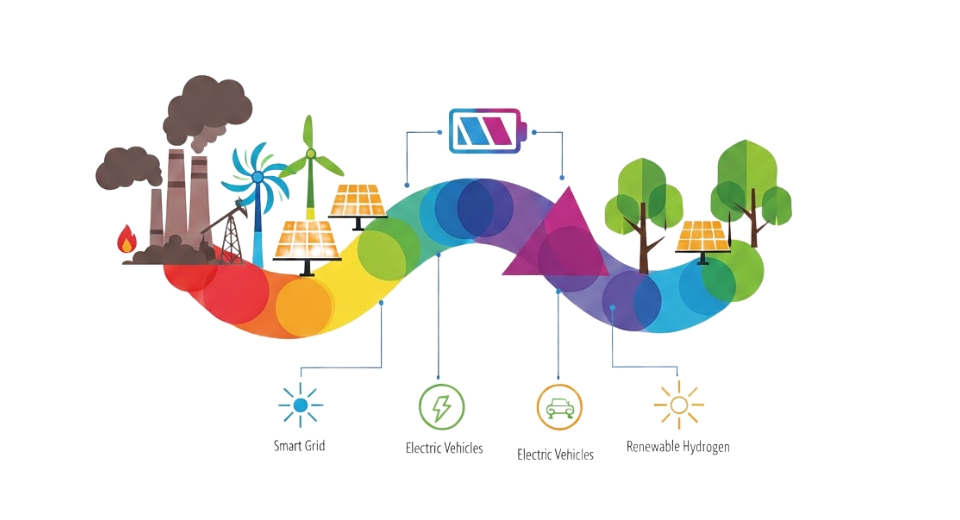
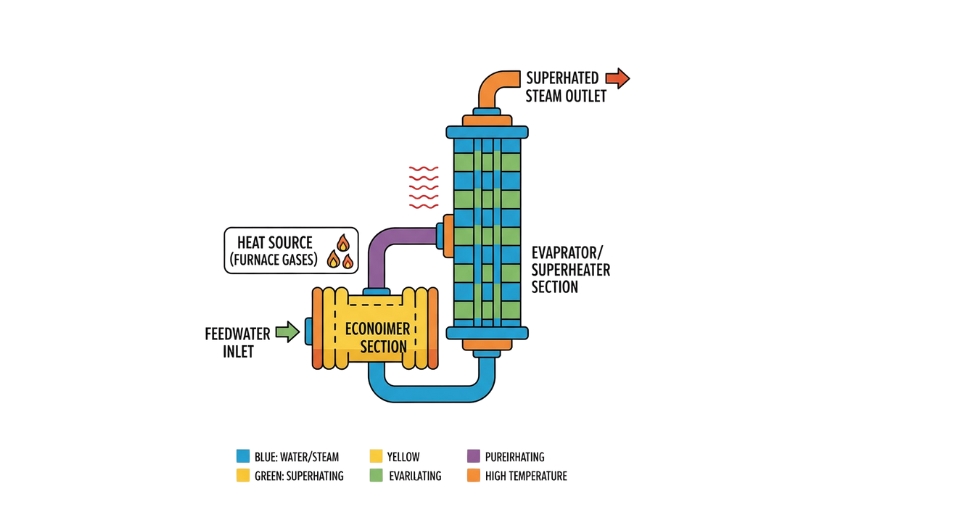
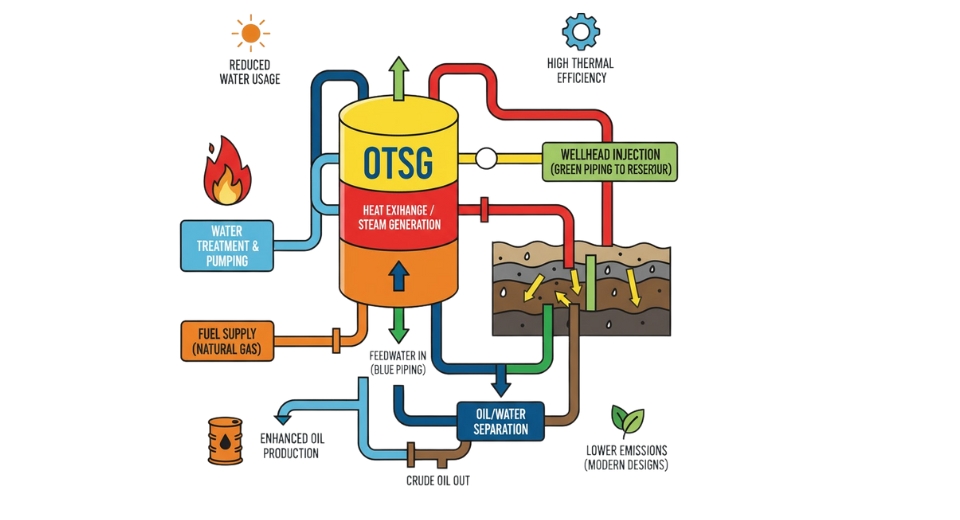

 US: +1 3023308252
US: +1 3023308252






